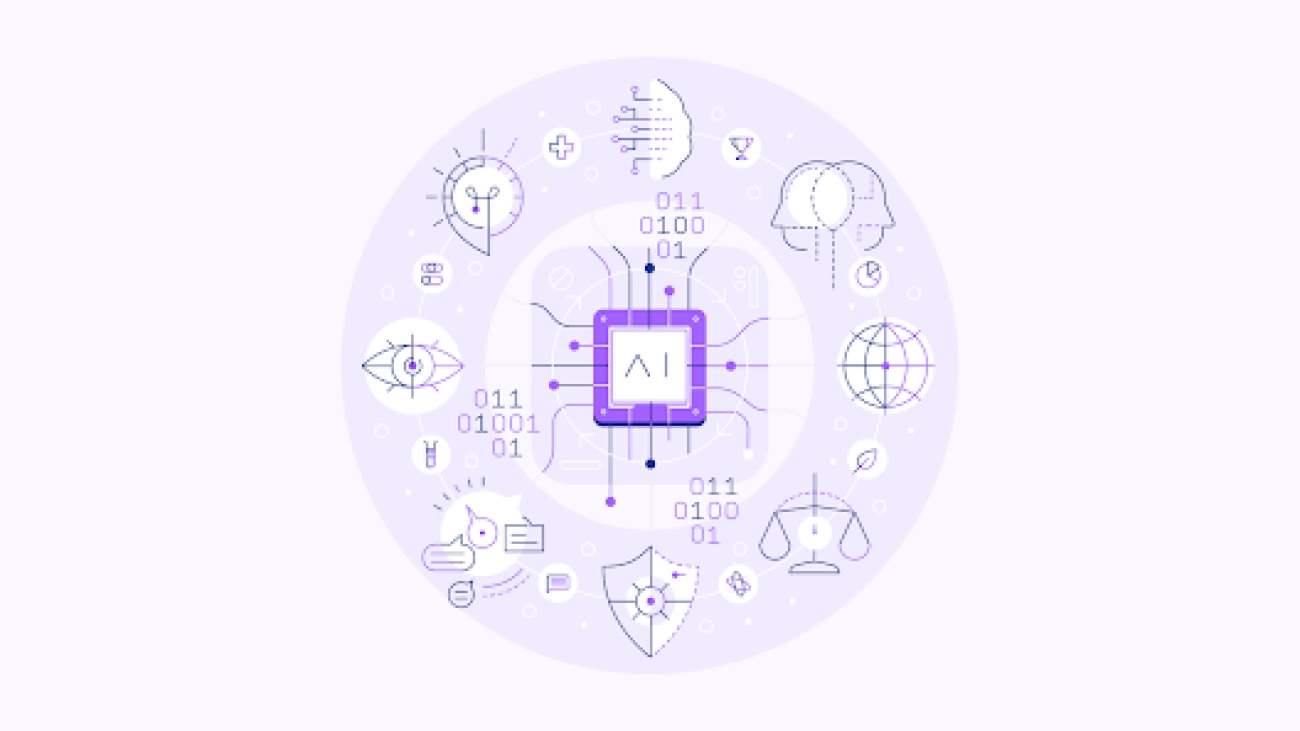Our Operating Principles have come to define both our commitment to prioritising widespread benefit, as well as the areas of research and applications we refuse to pursue. These principles have been at the heart of our decision making since DeepMind was founded, and continue to be refined as the AI landscape changes and grows. They are designed for our role as a research-driven science company and consistent with Google’s AI principles.Read More
Maximising the impact of our breakthroughs
Colin, CBO at DeepMind, discusses collaborations with Alphabet and how we integrate ethics, accountability, and safety into everything we do.Read More
Maximising the impact of our breakthroughs
Colin, CBO at DeepMind, discusses collaborations with Alphabet and how we integrate ethics, accountability, and safety into everything we do.Read More
Maximising the impact of our breakthroughs
Colin, CBO at DeepMind, discusses collaborations with Alphabet and how we integrate ethics, accountability, and safety into everything we do.Read More
My journey from DeepMind intern to mentor
Former intern turned intern manager, Richard Everett, describes his journey to DeepMind, sharing tips and advice for aspiring DeepMinders. The 2023 internship applications will open on the 16th September, please visit https://dpmd.ai/internshipsatdeepmind for more information.Read More
My journey from DeepMind intern to mentor
Former intern turned intern manager, Richard Everett, describes his journey to DeepMind, sharing tips and advice for aspiring DeepMinders. The 2023 internship applications will open on the 16th September, please visit https://dpmd.ai/internshipsatdeepmind for more information.Read More
In conversation with AI: building better language models
Our new paper, In conversation with AI: aligning language models with human values, explores a different approach, asking what successful communication between humans and an artificial conversational agent might look like and what values should guide conversation in these contexts.Read More
In conversation with AI: building better language models
Our new paper, In conversation with AI: aligning language models with human values, explores a different approach, asking what successful communication between humans and an artificial conversational agent might look like and what values should guide conversation in these contexts.Read More
In conversation with AI: building better language models
Our new paper, In conversation with AI: aligning language models with human values, explores a different approach, asking what successful communication between humans and an artificial conversational agent might look like and what values should guide conversation in these contexts.Read More
From motor control to embodied intelligence
Using human and animal motions to teach robots to dribble a ball, and simulated humanoid characters to carry boxes and play footballRead More


